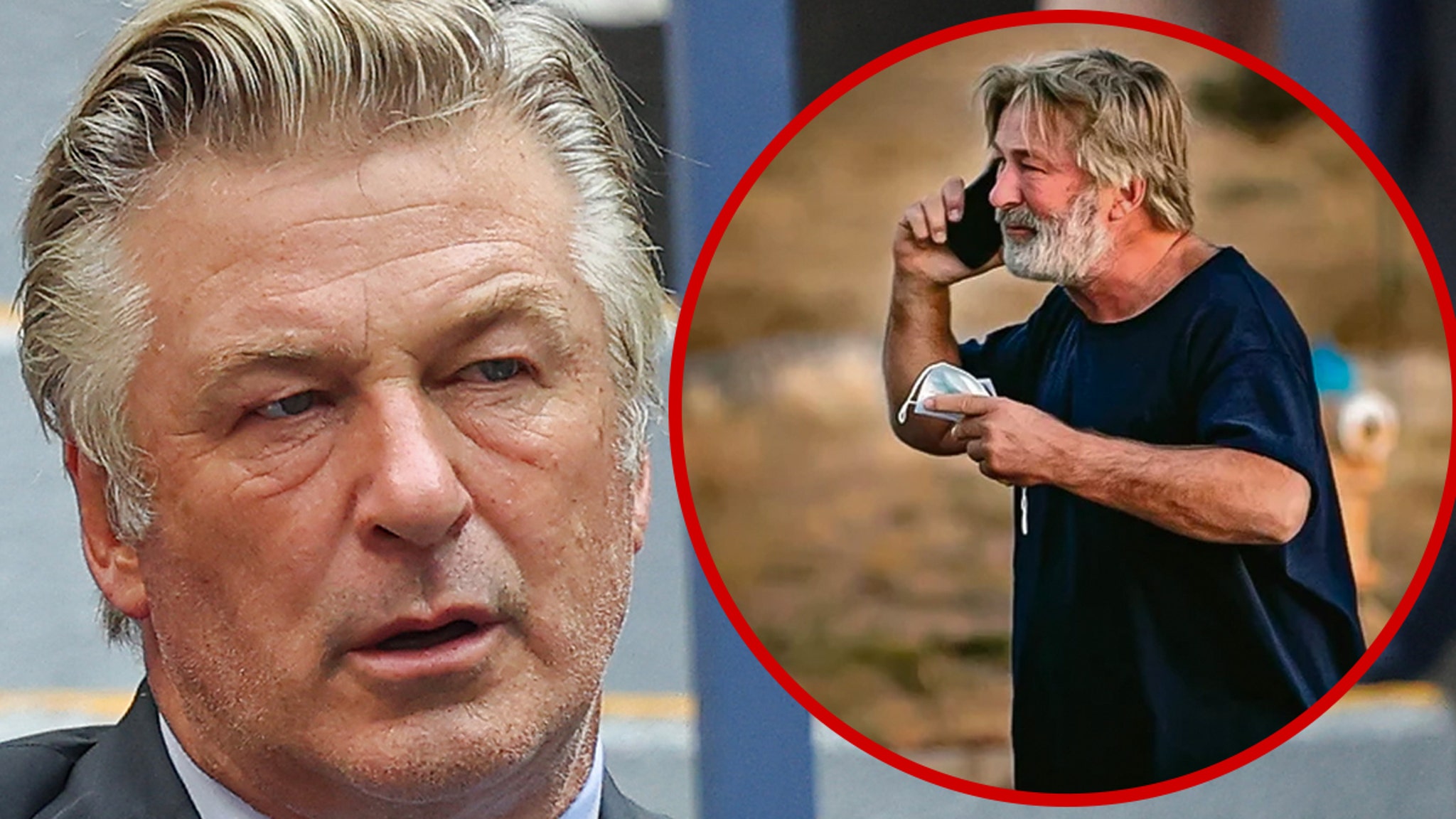Products You May Like
Alec Baldwin was reportedly offered a lenient plea deal regarding the shooting incident that occurred on the set of the film “Rust.” Reports indicate that this deal, which was similar to the one accepted by first assistant director Dave Halls, was available to Baldwin until October 27, but was rescinded by prosecutors on October 17 who opted to pursue a grand jury indictment instead. This swift change raises questions about the decision-making process behind the legal responses surrounding the case.
In the context of the “Rust” shooting, Baldwin faced significant scrutiny after the tragic death of cinematographer Halyna Hutchins on October 21, 2021. Baldwin’s legal team, led by attorney Alex Spiro, has argued that the case against him should be dismissed. They have claimed that the Santa Fe County District Attorney’s office manipulated the grand jury proceedings to present a biased case against him, potentially by excluding crucial exculpatory evidence and testimony from relevant witnesses.
Halls, who was directly involved in the fatal incident, received relatively light consequences with six months of unsupervised probation, a $500 fine, community service requirements, and mandated firearm safety training. Baldwin’s case has received more public attention, given his celebrity status.
After significant public and media discourse, the plea deal offered to Baldwin would have likely resulted in consequences much less severe than potential felony charges he was up against, which could have led to a harsher penalty had he been convicted.
The timeline of events concerning the plea deal’s offer and withdrawal has raised eyebrows. Baldwin was formally approached with the plea agreement on October 5, a window that allowed him a brief period to consider his options. However, with the deal already taken off the table prior to the deadline afforded to Baldwin, it appears the prosecution rapidly shifted its strategy.
The ramifications of this case and Baldwin’s involvement continue to evoke widespread discussion. As Baldwin’s team continues to challenge the legality and fairness of the prosecutorial process, the outcome of this saga remains uncertain, highlighted by the shifting nature of the charges and available plea options.
In summary, Baldwin was potentially on the brink of accepting a plea deal that would have significantly mitigated the legal consequences of the tragic events on the “Rust” set. However, the withdrawal of this offer before he could make a decision has led to heightened scrutiny of the District Attorney’s office and the integrity of the legal proceedings against him. This case represents not only a personal legal battle for Baldwin but also broader implications regarding the justice system and how it handles high-profile cases involving public figures.Alec Baldwin is currently facing legal issues related to a highly publicized incident that occurred on a film set, where a firearm he was handling discharged, resulting in the death of cinematographer Halyna Hutchins. His legal team is actively challenging the evidence presented against him, aiming to have the charges dismissed before entering a courtroom in July.
Baldwin’s defense has submitted a motion indicating that the prosecutor’s office may have presented incomplete evidence regarding the firearm in question. Specifically, they claim that the defense was not privy to all testing conducted by the FBI. Baldwin argues that this missing evidence could demonstrate that the gun could have discharged without him pulling the trigger, potentially undermining the prosecution’s case against him.
The public discourse surrounding Baldwin’s case has been intense, as it raises numerous questions about responsibility and safety on film sets. Baldwin’s representation has been vocal about their intention to challenge the charges aggressively, and Baldwin has expressed his commitment to fight the allegations, which, if he were to be found guilty, could result in a prison sentence of up to 18 months.
Significant media coverage has surrounded Baldwin’s situation, given his status as a high-profile actor and the tragic circumstances of the shooting. This attention reveals broader issues relating to gun safety protocols in the film industry, particularly the handling of firearms by actors during filming. Baldwin’s case highlights a crucial intersection of entertainment practices and legal standards, where questions of liability and negligence can arise.
Amid this backdrop, Baldwin’s legal arguments will likely focus on the potential for factual discrepancies in the narrative built by the prosecution. The effectiveness of Baldwin’s cumulated evidence and legal strategy might play a pivotal role not just in his fate, but also in shaping future discussions about policy and safety regulations in the industry moving forward.
As the trial date approaches, Baldwin remains determined to clear his name, navigating through a landscape of legal challenges that have captivated the public and reignited debates about safety and accountability in film production. The fusion of celebrity culture and legal scrutiny in Baldwin’s case will undoubtedly serve as a focal point for discussions regarding the responsibilities of actors and producers in the film industry regarding safety protocols involving weapons on set.
